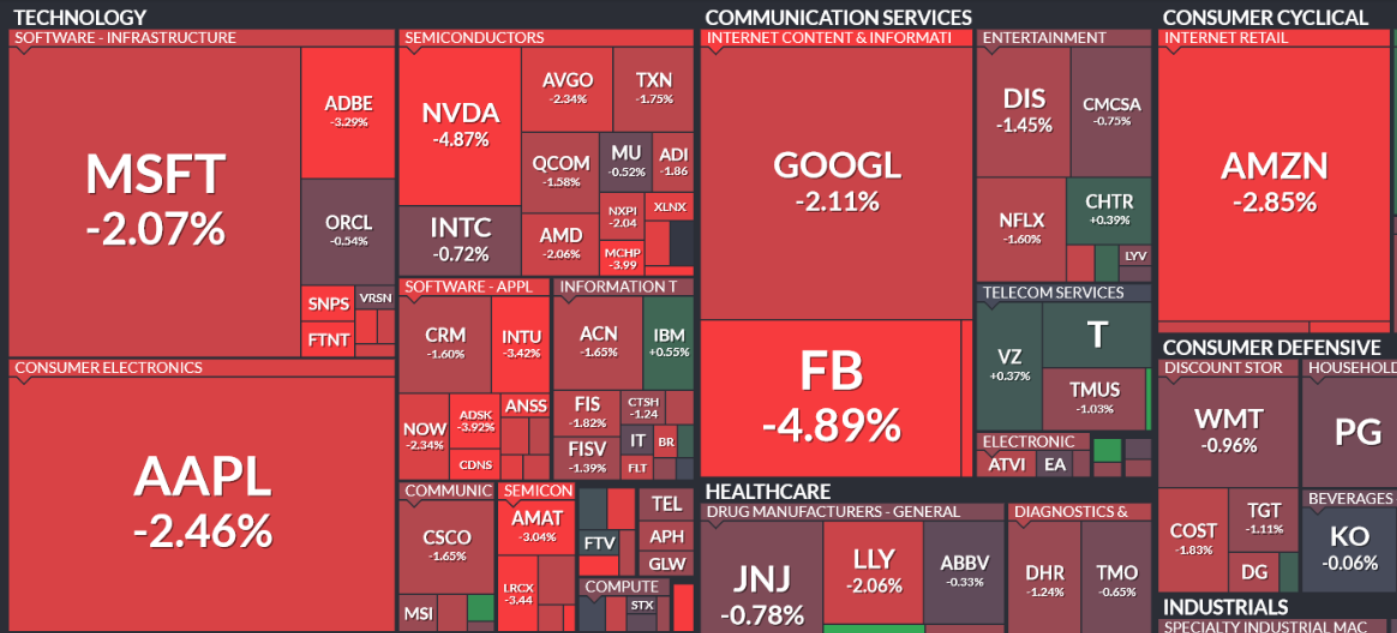Yesterday’s trade saw USD/CAD within the range of 1.3215-1.3299. The pair closed at 1.3270, up 0.11% on a daily basis, while marking a fourth consecutive trading day of gains. The daily high has been the highest level since September 11th, when a high of 1.3311 was recorded.
At 8:31 GMT today USD/CAD was gaining 0.02% for the day to trade at 1.3273. The pair tested the range resistance level (R3), as it touched a daily high at 1.3295 at 5:15 GMT.
Today the cross may be influenced by a number of macroeconomic reports as listed below.
Fundamentals
United States
Manufacturing PMI by Markit – preliminary estimate
Manufacturing activity in the United States probably remained unchanged in September, with the corresponding preliminary Purchasing Managers’ Index remaining at 53.0, according to market expectations. It has been the lowest PMI value since October 2013. In July the final seasonally adjusted PMI stood at 53.8, while being in line with the preliminary reading.
According to Markit’s statement: “Softer output growth was a key factor contributing to the decline in the headline PMI in August. The latest rise in production volumes was the weakest since the adverse weather-related slowdown recorded in January 2014.”
“Overall new order volumes increased at a solid pace in August, but the rate of expansion eased since the previous month and remained weaker than March’s recent peak. A number of firms suggested that cautious spending patterns among clients had resulted in strong competition for new work.”
“Job creation was sustained across the manufacturing sector in August, with manufacturers noting that new product launches and ongoing expansion plans had encouraged them to boost their payroll numbers. That said, the latest increase in staffing levels was the slowest since July 2014.”
Values above the key level of 50.0 indicate optimism (expanding activity). In case the flash manufacturing PMI showed a better-than-anticipated performance, this would have a moderate bullish effect on the US dollar. The preliminary reading by Markit Economics is due out at 13:45 GMT.
Canada
Retail Sales
Retail sales in Canada probably rose 0.5% in July on a monthly basis, according to the median forecast by experts, following a 0.6% gain in July. If so, this would be the slowest monthly rate of increase since November 2014, when the index of sales went up 0.4%. Retail sales, excluding sales of automobiles, probably expanded 0.4% in July compared to June, after another 0.8% gain in the preceding month. If so, it would be the slowest rate of increase since October 2014, when core sales rose 0.1%. Large-ticket purchases are excluded due to their high volatility, which could influence the general trend. In case retail sales increased more than anticipated, this would provide moderate support to the Canadian dollar. Statistics Canada is to release the official report at 12:30 GMT.
Bond Yield Spread
The yield on Canadian 2-year government bonds went as high as 0.525% on September 22nd, after which it slid to 0.498% at the close to lose 2.5 basis point (0.025 percentage point) compared to September 21st.
The yield on US 2-year government bonds climbed as high as 0.719% on September 22nd, or the highest level since September 17th (0.815%), after which it fell to 0.678% at the close to lose 3.2 basis points (0.032 percentage point) for the day.
The spread between 2-year US and 2-year Canadian bond yields, which reflects the flow of funds in a short term, narrowed to 0.180% on September 22nd from 0.187% on September 21st. The September 22nd yield difference has been the lowest one since July 14th, when the spread was 0.177%.
Meanwhile, the yield on Canadian 10-year government bonds soared as high as 1.541% on September 22nd, after which it closed at 1.480% to lose 6.3 basis points (0.063 percentage point) compared to September 21st.
The yield on US 10-year government bonds climbed as high as 2.198% on September 22nd, after which it slipped to 2.132% at the close to lose 6.7 basis points (0.067 percentage point) on a daily basis.
The spread between 10-year US and 10-year Canadian bond yields shrank to 0.652% on September 22nd from 0.656% on September 21st. The September 22nd yield difference has been the lowest one since July 3rd, when the spread was 0.573%.
Daily and Weekly Pivot Levels
By employing the Camarilla calculation method, the daily pivot levels for USD/CAD are presented as follows:
R1 – 1.3278
R2 – 1.3285
R3 (range resistance – green on the 1-hour chart) – 1.3293
R4 (range breakout – red on the 1-hour chart) – 1.3316
S1 – 1.3262
S2 – 1.3255
S3 (range support – green on the 1-hour chart) – 1.3247
S4 (range breakout – red on the 1-hour chart) – 1.3224
By using the traditional method of calculation, the weekly pivot levels for USD/CAD are presented as follows:
Central Pivot Point – 1.3172
R1 – 1.3338
R2 – 1.3448
R3 – 1.3614
S1 – 1.3062
S2 – 1.2896
S3 – 1.2786





